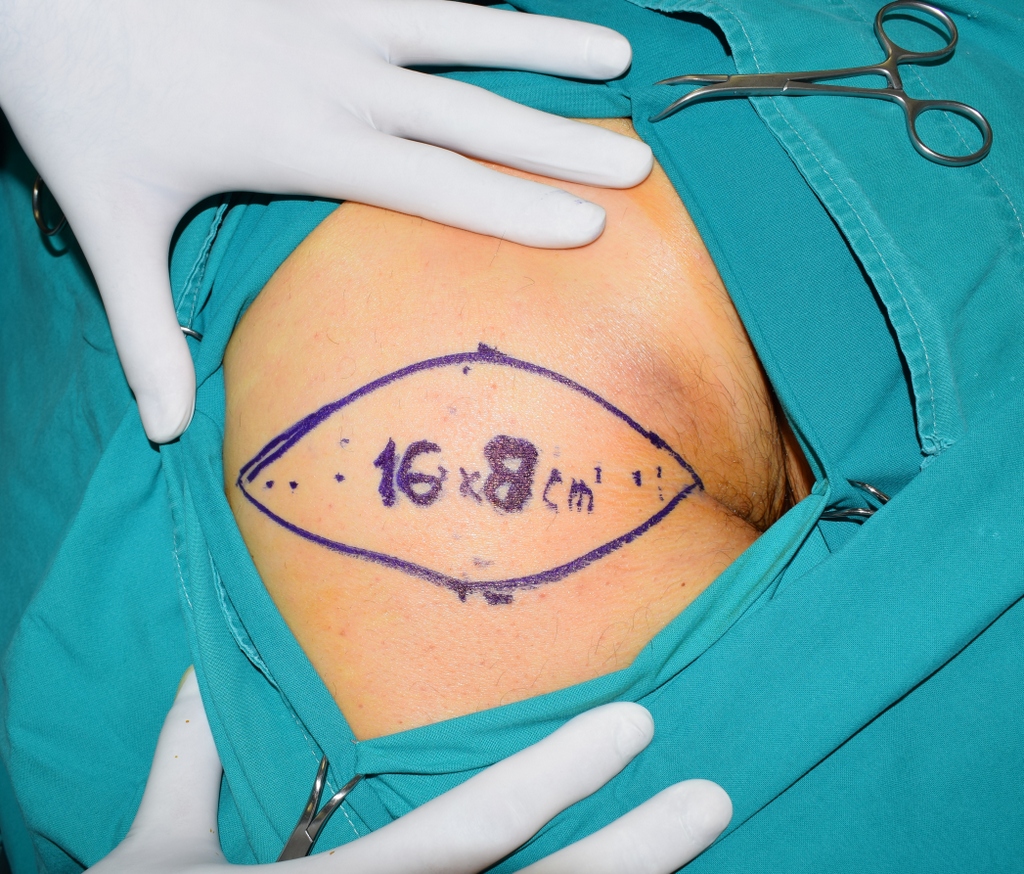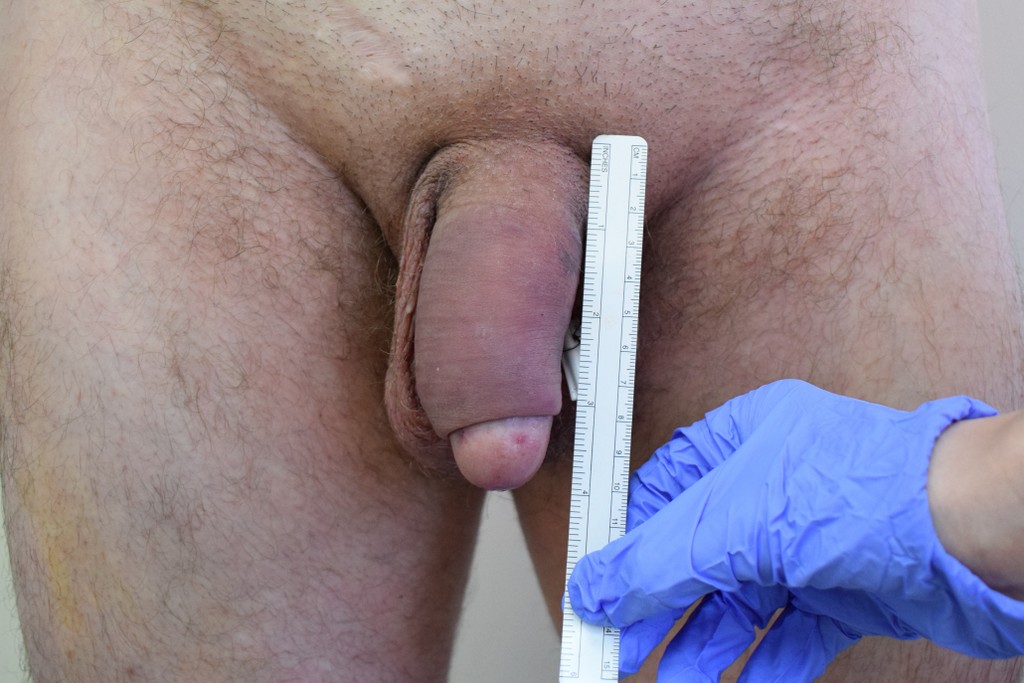Penis enlargement

Penis enlargement surgery includes:
- Enlargement of penis length (1-3cm gain)
- Penis width enlargement (3-6cm gain possible)
- Combination of penis length and width enlargement in one operation
- Enlargement of the penile glans
The surgery can be done on the recommendation of a doctor, or at the personal request of the patient, if the man is not satisfied with the length and width of his penis. In this case, an adequate consultation with a surgeon specialized in the field of reconstructive urological surgery is necessary.
Numerous non-surgical methods of penis enlargement are advertised in the media and web portals (tablets, drops, gels, massage techniques, etc.). It has been medically proven that these non-surgical methods cannot lead to penis enlargement.
How is the problem diagnosed?
During the first meeting with the surgeon, a clinical examination is performed and a discussion of the patient's expectations and about the surgery is mandatory. The patient is presented with the expected result of the treatment.
What does penis enlargement surgery look like?
The surgery takes about 1 to 2 hours on average, depending on whether the penis length is enlarged, the width, or both. The operation is performed under general (total) anesthesia. The body of the penis is accessed through a circular incision below the glans of the penis, so that it is the only incision seen on the penis after surgery, which is otherwise present as with circumcision. In every man, a large part of the penis is trapped in the body, below the pubic bone. Penis lengthening is done by releasing that “trapped” part of the penis, loosening the penile ligaments.
Penis enlargement is achieved by inserting subcutaneous-adipose tissue (“graft”) between the skin of the penis and the body of the penis. Subcutaneous adipose tissue is taken from the patient's buttocks. After taking the "graft" under the buttocks, there remains a thin scar, which is hidden in the area of the normal skin. After arranging the graft and thickening the penis, it is also advisable to remove the excess "foreskin" to avoid swelling and inadequate aesthetic results. After surgery, an elastic bandage is placed on the body of the penis which prevents swelling.
What does postoperative period and recovery look like?
- The patient stays in the hospital for 1 day
- Antibiotics are prescribed, as well as pain therapy, if necessary
- A compression bandage is needed for the next 7 days
- Minimal movement for the first 7 days is advised, while avoiding to sit
- For wounds on the skin of the penis, resorptive stitches are usually used, which break down on their own, so they do not need to be removed
- From day 10, it is advised to start applying a vacuum pump or "penis extender" for even better effect
- Heavy physical exertion, exercise, sports are allowed 3 weeks after surgery
- Sexual intercourse is allowed 4-6 weeks after surgery
What are the possible complications?
- As with any surgery, complications such as bleeding, infection, anesthesia, hematomas can occur. After surgery, pain and discomfort for the next few days are possible, and effective painkillers are prescribed. Penile swelling, tingling, and uneven graft resorption is possible but often transient.
- Detailed instructions on the course of the surgery, all possible complications, postoperative course and recovery, the patient receives upon arrival at the hospital.
- It is very important that the patient has realistic expectations of this surgery.
Due to the specificity of this procedure, it is necessary for the operation to be performed by a surgeon who is narrowly specialized in the field of urological reconstructive surgery.





